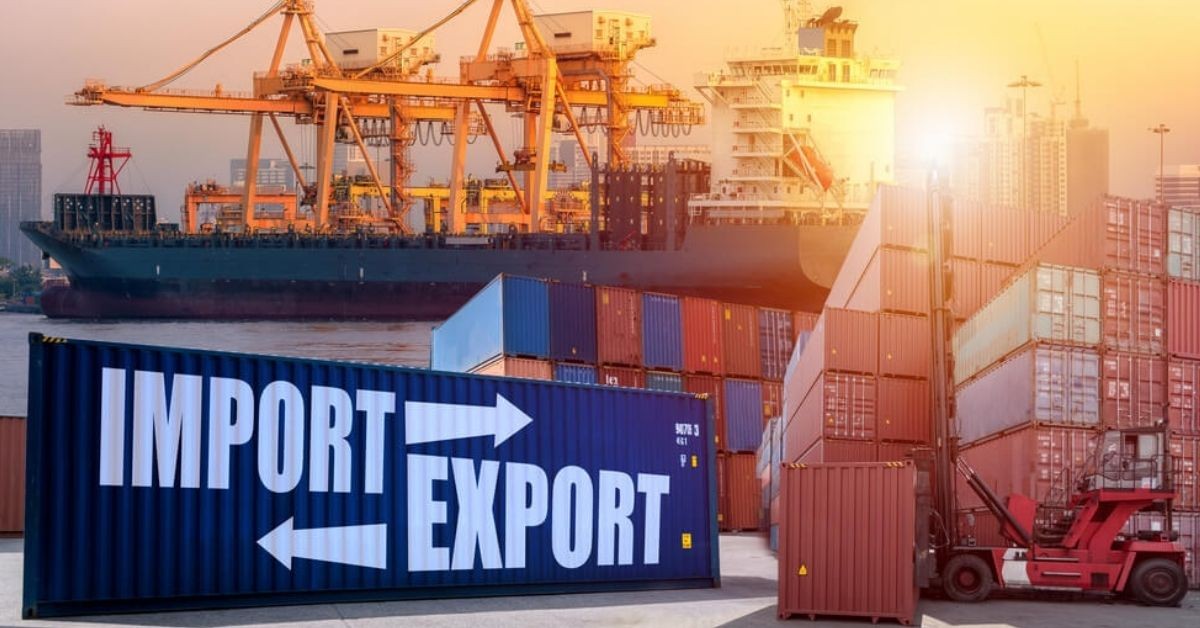China may have emerged as India’s second-largest export destination in FY21 but sustaining the high growth rate in shipments would be a daunting task for New Delhi, given that Beijing’s purchases comprise mostly low value-added products where growth prospects are typically limited.
In fact, the share of raw inputs in China’s purchases from India rose at a brisk pace last fiscal, at the cost of more value-added consumer or capital goods, according to an FE analysis.
India’s shipments to China jumped an impressive 28% last fiscal from a year before to $21 billion, even when overall merchandise exports shrank 7%. But as much as 81% of the supplies to Beijing, worth $17 billion, were just raw materials and intermediate goods, up from 74% five years ago (FY17), showed the commerce ministry data.
Raw materials, mainly iron ore, cotton and plastics, and intermediate goods such as low-grade iron & steel, chemicals and copper were shipped to China in large volumes last fiscal.
However, being the world’s largest producer of capital and consumer goods, Beijing doesn’t really import these products – where value addition can be substantial – from New Delhi. In fact, it dominates the global export market in these segments, and remains way ahead of India.
As such, New Delhi’s ability to supply to Beijing at cheaper rates than the local producers there has long remained stunted due to inherent structural weaknesses, including high logistics costs. On top of that, China’s stubborn denial of credible market access in goods segments where Indian producers are competitive, often through the employment of non-tariff barriers, have long tilted bilateral trade balance in Beijing’s favour.
Relying on just raw materials and intermediate goods is unlikely to push up India’s exports to China year after year. New Delhi has to capture markets there in high-value segments by sorting out legacy issues and removing structural obstacles. As such, growth in exports of raw materials and intermediate goods greatly hinges on global commodity prices and it tends to lose steam as the prices go down.
Importantly, while China has been vacating export space in labour-intensive sectors due to rising wage costs, India hasn’t been able to capitalise on it, losing out to competitors like Vietnam. According to former chief economic advisor Arvind Subramanian, China has vacated close to $150 billion in exports in low-skilled labour-intensive sectors, including apparel, leather and footwear since the global financial crisis in 2008-09. But India has cornered at most 10-15% of the vacated market.
India has also not been able to quite cash in on a trade war between the US and China, partly due to the outbreak of the Covid-19 pandemic.
While trade deficit with China declined to $44 billion last fiscal from nearly $49 billion in FY20, the neighbour’s share in India’s total goods trade deficit still zoomed to 43% in FY21 from 30% a year before. This is because the country’s imports from China were in excess of $65 billion last fiscal, almost the same as in FY20, even though its total inbound shipments faltered by 17% from a year earlier.
Do you know What is Cash Reserve Ratio (CRR), Finance Bill, Fiscal Policy in India, Expenditure Budget, Customs Duty? FE Knowledge Desk explains each of these and more in detail at Financial Express Explained. Also get Live BSE/NSE Stock Prices, latest NAV of Mutual Funds, Best equity funds, Top Gainers, Top Losers on Financial Express. Don’t forget to try our free Income Tax Calculator tool.
Source : Financial Express







